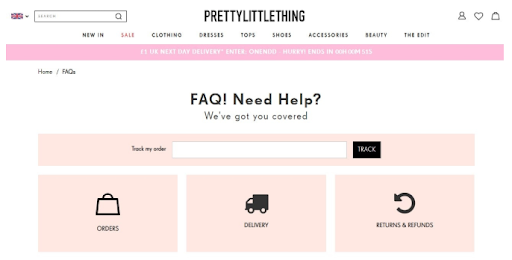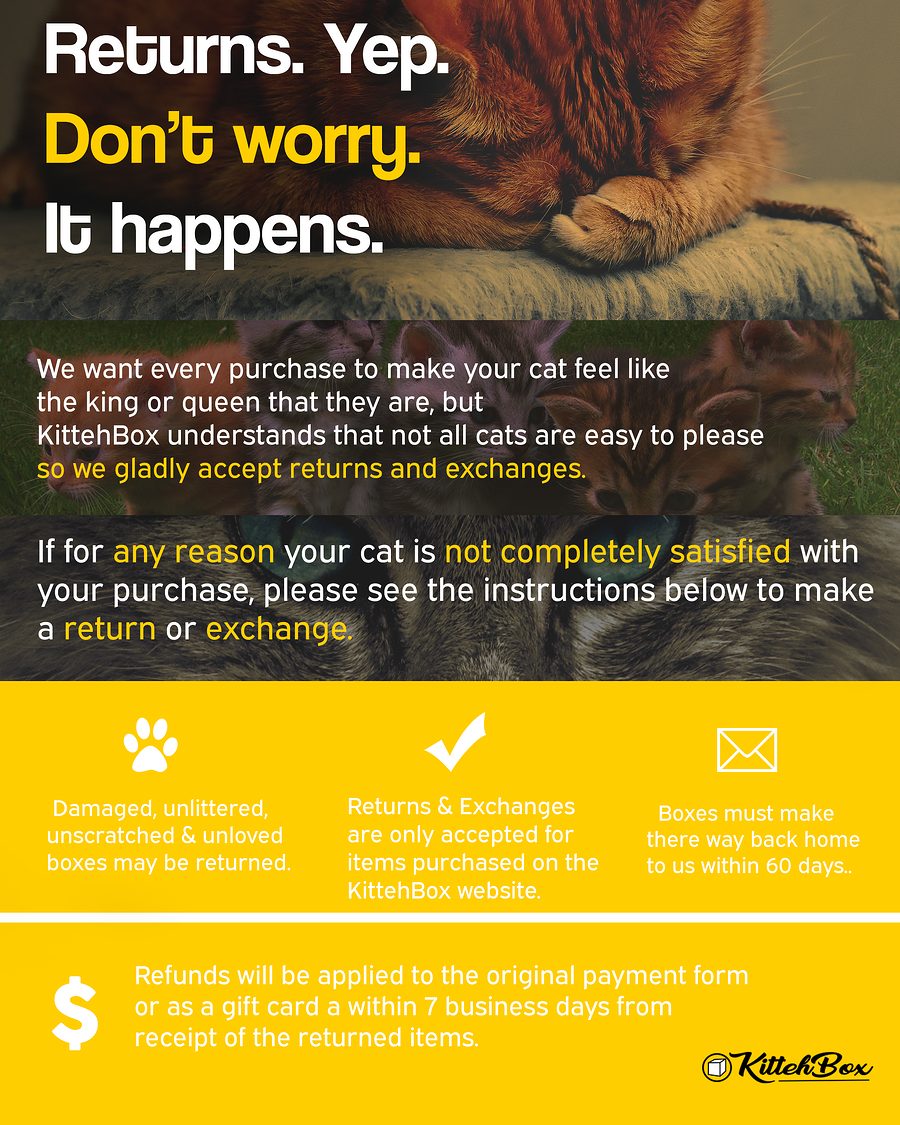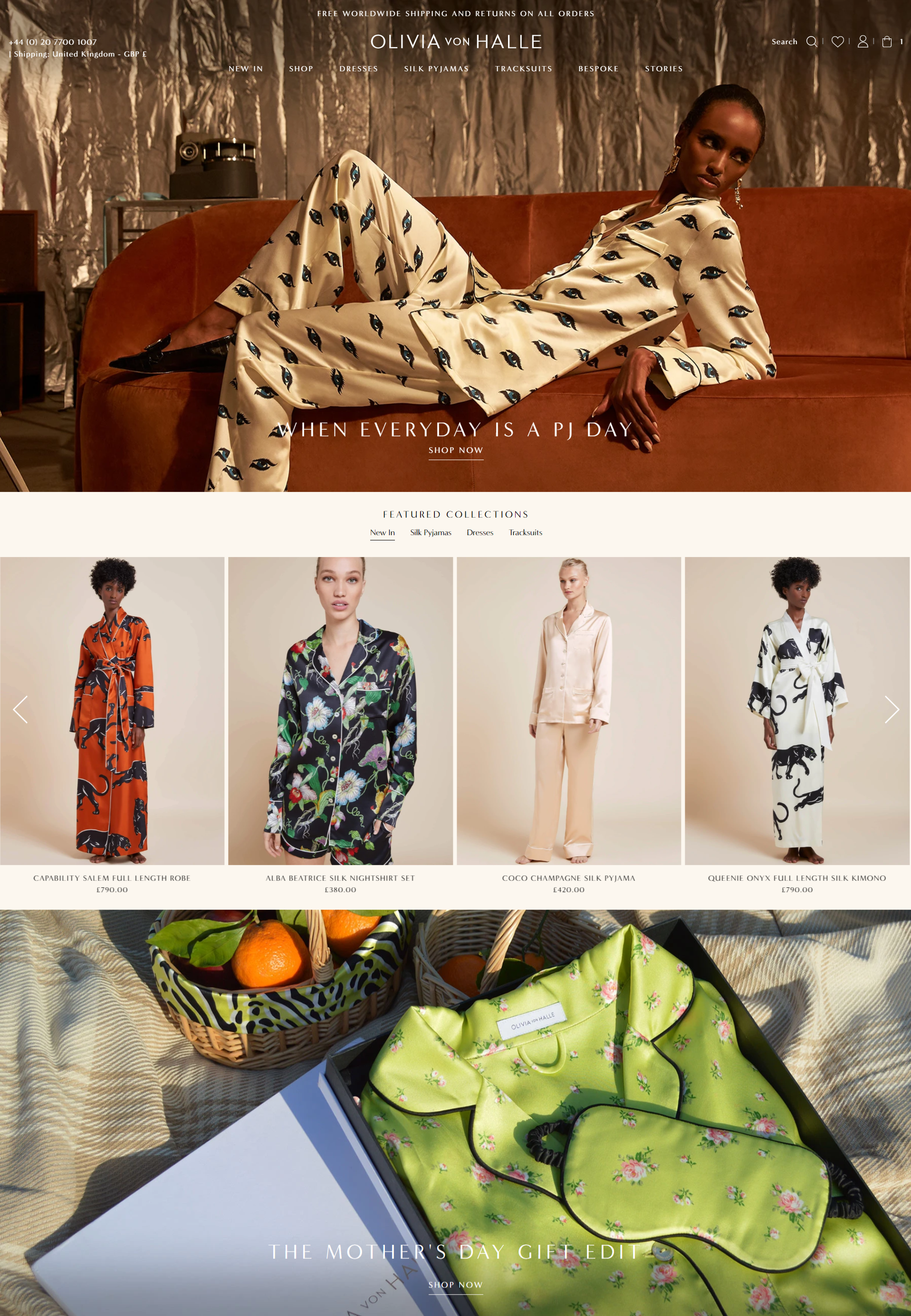How to Prepare Your Ecommerce Store for Seasonal Shopping Peaks
MicroStartups’ Kayleigh Alexandra returns to the Swanky blog with her nine top tips for preparing your ecommerce store for seasonal shopping peaks.
Written By
Guest Blogger

Seasonal shopping peaks are where you find out what your ecommerce store is really made of. Some holidays just naturally promote shopping sprees, while others lend themselves to pushing sales to take advantage of people’s time off. Either way, it’s vital to have your online store prepped months in advance of this inevitable spike in traffic so you can properly harness the benefits.
But how does a store go about doing this? Even some of the biggest names in the ecommerce game struggle to adapt to large waves of traffic and the inevitable scrutiny of their website that comes with it. To make sure you’re not one of them, here are some essential steps you need to take to get your store ready for seasonal peaks.
#1 Choose your holidays wisely
Before you begin to plan for seasonal traffic, you need to think about whether or not it’s actually coming, or if you even want it to at all.
Just because a big shopping holiday is on the horizon doesn’t mean it fits your brand, product or demographic. While there are some holidays too big to miss out on, not all stores are a natural fit for every big occasion.
There’s no point planning an expansive campaign if there isn’t an engaged audience in place to be captured. Likewise, it’s worthless to prep your store for increased traffic if there’s no indication it’s on the way. All this will do is eat into your marketing budget and limit the spend you can dedicate to future holidays. Some websites will benefit from a more muted campaign with limited investment.
#2 Have clearly defined goals
So you know a seasonal wave of customers is on the way, but what do you really want to achieve with this campaign?
Before you begin to devise a strategy you need to define what a successful campaign would look like. If you’re simply looking to increase sales across the board or boost a particular product, then the answer is fairly simple. However, if you’re looking to increase your email subscriber lists or push people to your social network then there is more work to do to convert your first-time visitors into regular customers. If you want to get people to sign up to your newsletter, for example, it is worthwhile re-designing your submission form. It needs to be eye-catching, seasonal and specific to your new customers.
#3 Develop landing pages
Campaigns are as much about their end as they are about their outline. To create a successful campaign, you often have to work backward from a goal.
Where this seasonal increase in traffic is going to be landing on your website is probably the most important question of your campaign. Chances are, you’re going to be pushing them towards a selection of pages, most likely product pages, and those landing spots need to be refined and perfected for the unique audience visiting them.
What are the ads, posts and searches that are directing them to these pages, and does the page match what’s promised? This isn’t just a case of picking the right link, it’s about perfecting the page to fit the new user.
It shouldn’t just feature exactly what they want to see, but guide them through the process of buying it, and offer clear links to other products, services and information they may be interested in to upsell throughout your website. Now that they’re on your website, it’s about creating an experience in tune with their expectations that entices them to remain there.
Here are a few top tips to keep in mind on your mission to create landing pages that convert:
- Feature beautiful product imagery that inspires emotion and gets people in the mood to buy.
- Keep things simple with considered use of whitespace.
- Provide filtering options so customers can explore with ease.
- Highlight important delivery information.
- Include clear calls to action that push people to the checkout.
And for a guide to creating Christmassy landing pages, save Swanky’s blog on 11 festive marketing ideas to your bookmarks!
#4 Lighten the customer service load
A wave of new customers means an increase in responsibility and workload for your staff, particularly your customer service team. One of the best ways you can keep your business running smoothly is to ensure their workdays stay as regular as possible during a stressful period.
Learn from past experiences of busy periods and determine what the biggest challenges your team faced were. You can then work to streamline these issues.
If a significant portion of your team’s time was spent answering customer queries during the last shopping peak, you can help free up this workload by developing your FAQs page or implementing a knowledge base on your website. This will give your audience immediate access to any information they require. Not only will self-service features like this increase customer satisfaction and the overall usability of your store, they’ll save you time having to answer the same questions over and over again.

International fashion retailer PrettyLittleThing categorise their FAQs on this page and lay them out in a format that is fun, informal and easy for their customers to navigate.
Image source: searchenginejournal.com
Likewise, chatbots can also help lighten the strain put on your operations team during this period, whether automated or controlled by an external team.
#5 Understand your key products
A successful seasonal campaign can often hinge on one product in particular. Part of preparing for increased traffic is to understand how to funnel it. It may be tempting to use this naturally busy period to prop up your lesser sellers, however, you’re operating during a hugely competitive period and need to put your best foot forward.
Understand what your key products are. This doesn’t just mean your key sellers, but your products with the best pages, imagery and prominence across your website. What products are most prominent in the public eye at the time? Do your research, both in terms of keywords and your own website traffic, to find out where you should be pointing your customers for the best return on campaign investment.
From there you need to think about the best way to advertise this product. Will you be putting a special offer on it to draw traffic to the website? Or using it as a landing page you can then funnel new traffic towards other products with? You should make sure your products dictate your strategy, rather than vice versa.
#6 Refine your marketing campaign
Now that you know where you’re sending your customers and what you’re going to do with your audiences when they land on the website, you need to define how you’re going to grab them in the first place.
What channels does your existing audience operate in and where will you find this new seasonal traffic? Sometimes the best way to capture increased traffic is by doing what you already do on a bigger scale. There’s no point risking your spending on new channels when your existing ones could do just as good of a job.
Just as not all brands and stores are suited to seasonal campaigns, not all websites and products will have a natural home on every channel. Some will not suit the competition of paid search, while your increased audience may not make a home on social media.
Much of your campaign will be down to messaging. Visuals and copy can help you set yourself apart from competitors who sell the same products. Messaging isn’t just about being creative, it’s about making yourself seem trustworthy. Remember, these are new customers who may never have heard of you before. You need to use the same techniques you used to establish yourself with your existing customer base to earn their approval.
#7 Define your returns policy
Returns policies are vital for ecommerce stores to succeed and establish a good reputation amongst a certain audience, especially during seasonal peak periods. With a lot of people buying gifts for others, they’ll want to know they can return the things they’ve bought if there’s a problem.
Defining a returns policy isn’t just about having one in place, it’s about displaying it prominently. Don’t just have one line of small print within your delivery information. Build a separate page, add it to every product page as standard and include it within all invoice emails sent out after an order is confirmed. Customers want clarity during these peak times, and it’s your job to offer it.

KittehBox has crafted a unique infographic to depict their returns policy. It clearly provides all the necessary information to customers in a fun and humorous way, whilst conveying a strong sense of brand identity. (Source: ReturnLogic)
Check out some of Swanky’s top tips for managing ecommerce returns here!
#8 Find reusable content
There’s no need to keep reinventing the wheel when it comes to content. Sure, there will be an existing audience that has seen it before, but the majority of your audience for seasonal campaigns will be new and this will be fresh content for them.
Before you start to establish a content calendar with your creative team, take a look back into the archives and see what kind of content you used in the years prior. If you had email, social or on-site content that yielded a good response and garnered engagement amongst new audiences, it’s sensible to make use of that content again. Some of the largest brands in the world do it all the time. How many times have you seen the Coca Cola truck at Christmas?
If it makes sense to do so, you can do a flat rerun of the exact content. However, it’s likely you’ll find it more beneficial to redefine it and pick off the best elements for new campaigns. If you found yourself frustrated about a campaign you ran the year before, thinking you could have done it better, this is your chance to make things right.
Reusing your best content allows you to build on lessons learned and use techniques you know work without increasing your production budget and putting your teams on tight deadlines. This leaves them with more opportunity and time to develop ideas for other campaigns that may well be usable for years to come.
#9 Re-shoot product imagery
During peak periods, it’s a fight to the death over the customer’s attention, with more stores than ever vying to catch the eye of browsing shoppers. If you think your website is lacking visually, it may be time to re-shoot some of your key products.
Product pages often hinge on the quality of their images. If your images aren’t up to snuff, not only will they fade into the background compared to other products on Google Shopping searches, they will turn customers away when they click on them and find them lacking.
Peak periods are a great opportunity to try out a new style of product photography to set you apart. Rather than using stock imagery or shooting on white like every other online store, think about new styles of photography you can use to tell a unique story about your products and brand.

Luxury loungewear brand, and Swanky client, Olivia von Halle, showcase their beautiful products with equally stunning photography – a definite site for inspiration when it comes to perfecting your ecommerce imagery!
There is also an opportunity during this period to make use of product video. While a heavy investment for smaller ecommerce websites, it can offer great returns in terms of giving customers the best idea of what they’re buying. A much more effective selling tool than any photograph.
Summary
Seasonal waves of customers will pass you by before you know it, leaving you realising there are so many things you could have done better. Campaigns are built on the experiences of the last ones though. Hopefully, this advice should give you some deeper direction into how to succeed and grasp the largest group of new customers as possible.

